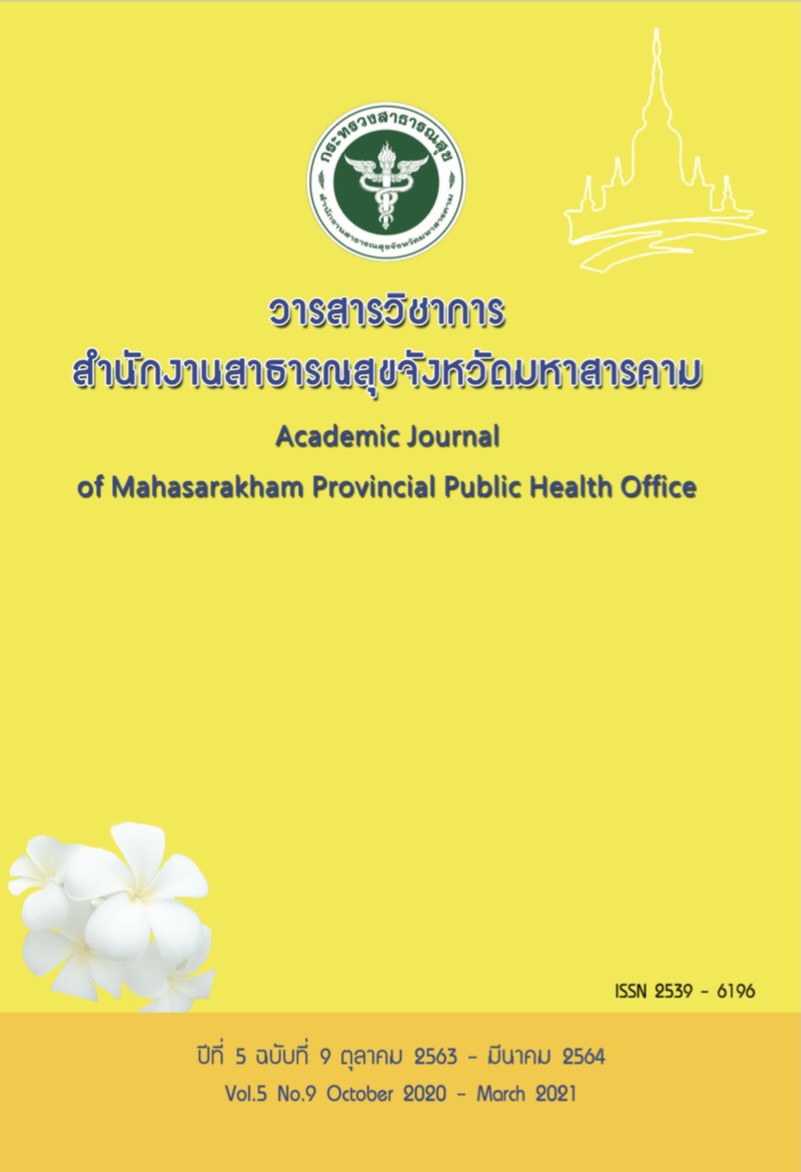Clinical Outcomes of noninfectious sternal dehiscence after open heart surgery
Abstract
Abstract
Background Mediastinitis is serious complications of open heart surgery via median sternotomy that increase morbidity and mortality. However, the clinical outcomes of noninfectious sternal dehiscence have not been studied. This study identified the preoperative characteristics, postoperative complications, and long term functional outcomes of patients after reoperation for non infectious sternal dehiscence and compared these patients with a control group to determined risk factors for dehiscence of sternal in patient who underwent open heart surgery via median sternotomy.
Methods Retrospective review of the cardiac surgery database identified 6 patients who had underwent reoperation for sternal reconstruction from noninfectious sternal dehiscence in a group of 710 open heart surgery via median sternotomies between 2014 and 2020. The review included diagnosis, demographics, concomitant medical conditions, and surgical outcomes. Functional outcomes were assessed using the Short Form questionnaire. One hundred and twenty open heart surgery via median sternotomy patients served as controls. Follow-up was 100% complete
Results Mean age of patients at reoperation was 64.8 +/- 6.8 years, with a totally male. Multivariate analysis determined that New York Heart Association class IV, obesity, chronic obstructive pulmonary disease were preoperative risk factors and postoperative chronic cough was risk factor for sternal dehiscence. The incidence of sternal dehiscence was 0.77% at a mean interval between initial operation and reoperation of 1.4 months. All of patients required additional sternal procedures. No infectious complications after reoperation. Long term follow up showed no or mild limitation of physical activities, with mild sternal pain at follow-up.
Conclusions Although patients undergoing surgical correction of noninfectious sternal dehiscence fare better than those with infectious complications, optimal sternal approximation during the initial procedure and sternal precautions during convalescence should be emphasized to prevent recurrent complications.
Keywords: Sternal dehiscence, open heart surgery, sternal reconstruction


